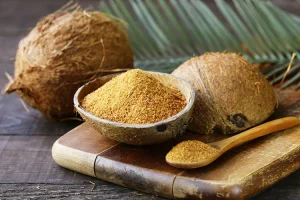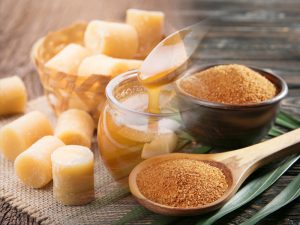
RELEVANCE OF LAVENDER
Relevance of lavender. The Latin root “lavare,” which literally translates to “to wash,” is where the term lavender originates. Lavender was first used in ancient Egypt, according to historical records. Lavender oil was used in the mummification process there. This is typically associated with two characteristics: its color and scent.
RELEVANCE OF LAVENDER
However, you might be surprised to learn that the lavender flower and its oil have a long history in herbal therapy.
Later, lavender was used as a bath addition in a number of places, including ancient Greece, Rome, and Persia. According to these traditions, lavender aids in mental, bacterial infections and physical purification.
1. Reduction of Stress

Because of its ability to reduce stress, lavender oil is a mainstay in aromatherapy. Its soothing aroma can be used as a natural relaxation aid by calming the nervous system, which lowers heart rate and blood pressure.
2. Reduction of Anxiety
Also, lavender’s calming properties are also helpful in lowering anxiety. Lavender aromatherapy is a useful strategy for treating everyday stress and anxiety disorders because it has been demonstrated to reduce anxiety levels in a variety of contexts.
3. Better Sleep

However, lavender’s calming qualities soothe the body and mind, which enhances sleep. Deeper, more peaceful sleep can be encouraged by placing a few drops of lavender oil on your pillow or using it in a diffuser before bed. This is particularly beneficial for people who suffer from insomnia or other sleep disorders.
4. Antimicrobial Characteristics
Compounds in lavender oil prevent germs and fungi from growing. Because of this, it is a natural remedy that works well for wound care and skin disorders, preventing infection and accelerating healing.
5. Pain Management

Meanwhile, when applied topically, lavender oil can ease pain from a number of ailments, such as sores, headaches, sprains, and toothaches. Its analgesic qualities aid in calming and lessening the severity of pain.
6. Reduction of Inflammation
Lavender oil aids in lowering inflammation and the pain and discomfort that go along with it. Arthritis and other joint pain are among the inflammatory illnesses and symptoms that this helps to alleviate.
7. Skin Care

Lavender oil helps to lighten the skin, reduce wrinkles, and treat acne since it nourishes and calms the skin. A healthier, more radiant complexion is also encouraged by its regenerative qualities.
8. Restoring Cuts and Burns
Lavender oil’s antibacterial and anti-inflammatory qualities help burns, cuts, and other wounds heal more quickly while avoiding infection and leaving fewer scars.
9. Better Digestibility

Indigestion, gas, and colic can all be alleviated by using lavender tea or oil to calm the stomach. It reduces discomfort and supports improved digestive health by relaxing the gut muscles.
10. Health of the Respiratory System
Although, colds, the flu, asthma, coughing, and sinus congestion can all be made better with lavender oil. Its antibacterial and anti-inflammatory qualities aid in respiratory tract relaxation and airway clearance.
Summary
Lavender and lavender oil are highly prized in natural health and wellness practices because of all these advantages, which emphasizes their significance in holistic treatments. Because of our commitment to utilizing only organic lavender oil in our natural soaps, Potager is aware of the amazing medicinal properties of lavender. By utilizing this remarkable plant’s medicinal properties, we make sure that every product not only purifies but also nourishes and repairs.

 Travel4 weeks ago
Travel4 weeks ago
 Health2 weeks ago
Health2 weeks ago
 Health3 weeks ago
Health3 weeks ago
 Health3 weeks ago
Health3 weeks ago





















